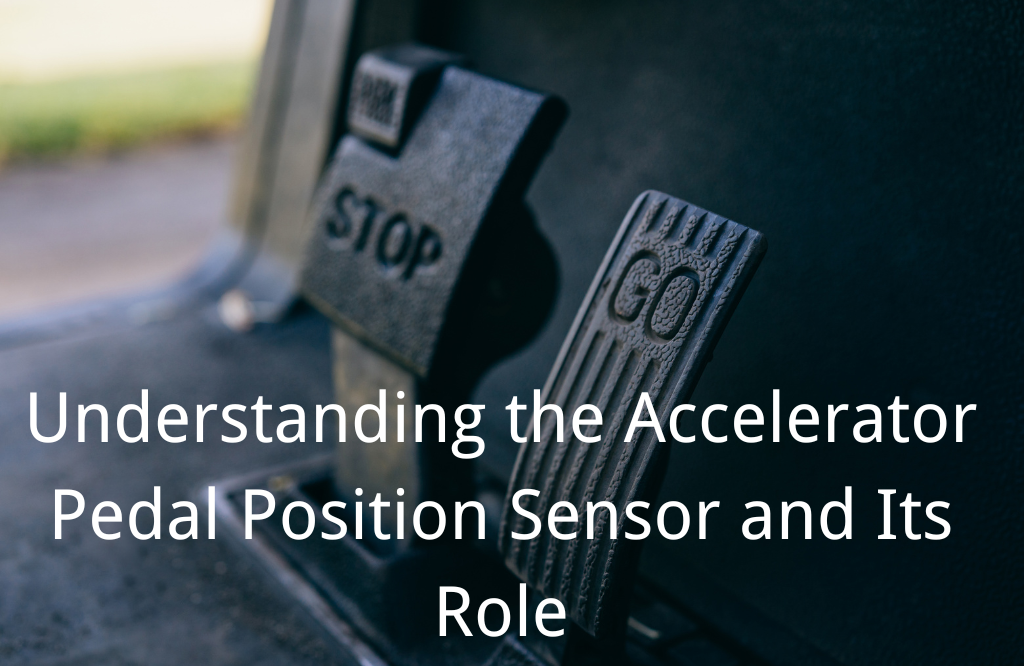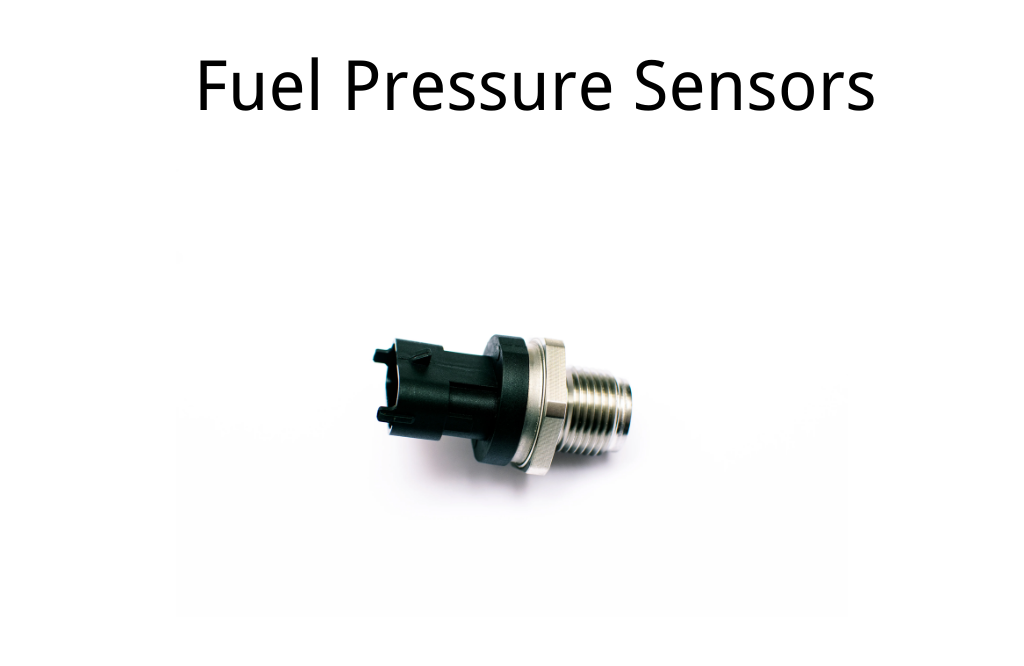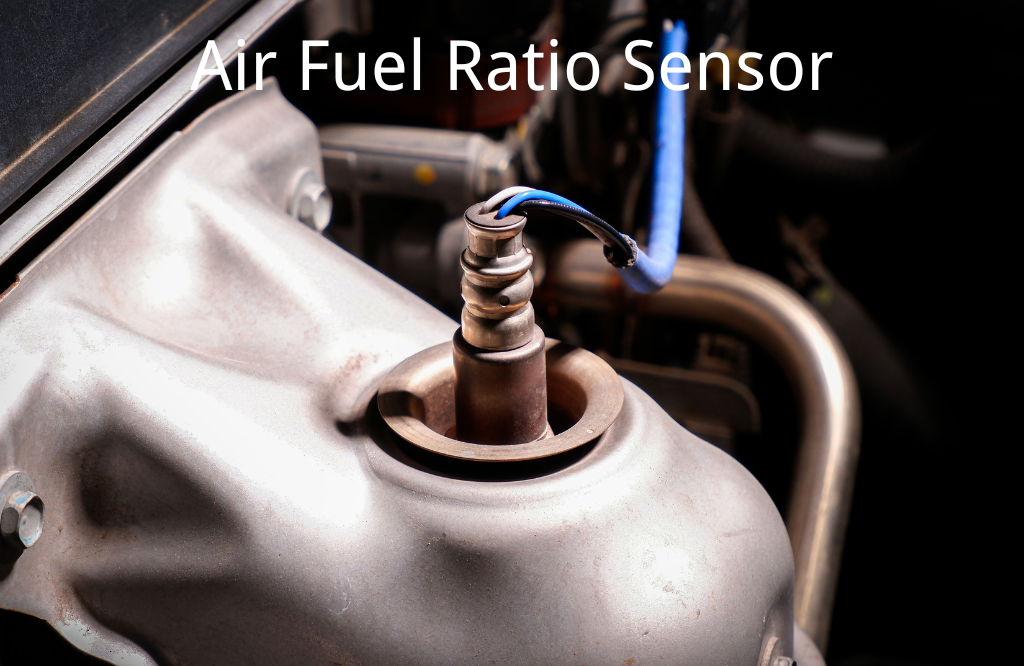You are probably here because you are curious to understand the role an Accelerator Pedal Position Sensor (APPS) plays in your car's performance and why its existence matters. This small yet essential component plays a crucial part in how your car responds to accelerator pedal input and controls throttle electronically.
Many car owners overlook its importance until something goes amiss. Let's break down its function and explore its importance more fully.
What is the Accelerator Pedal Position Sensor (APPS)?
Simply put, an Accelerator Pedal Position Sensor (APPS) detects when you press down on your accelerator pedal and sends this data directly to your Engine Control Module (ECM) or Powertrain Control Module (PCM).
Those modules then use that information to determine an appropriate throttle position, controlling how much fuel and air the engine receives and thus directly impacting how quickly and efficiently your vehicle accelerates and runs.
APPSs are essential components of vehicles with "drive-by-wire" systems, in which electronic sensors and control units have replaced mechanical links between the pedal and the throttle body for real-time throttle adjustment.
Instead of depending on physical cable controls to alter throttle settings, cars with drive-by-wire adjust based on electronic signals in real time to adjust throttle positions accordingly.

How Does the Accelerator Pedal Position Sensor Work?
An Accelerator Pedal Position Sensor typically comprises multiple potentiometers—variable resistors that change resistance as the accelerator pedal moves—connected together and fed back to ECM/PCM modules, which use this data to adjust throttle position accordingly.
- Voltage Signal: When you press the accelerator pedal, various potentiometers send an electronic control module/powertrain control module with a signal voltage to achieve your desired throttle response. This voltage signal then affects one or more potentiometers to signal ECM/PCM and create an electronic throttle response.
- Dual Signal Circuits: Vehicles produced by manufacturers like General Motors and Ford use two potentiometers operating independently to determine pedal position more precisely and ensure precise control. As you press on the pedal, one potentiometer's voltage increases while its counterpart decreases; this dual signal setup allows the ECM/PCM to precisely compare these signals and accurately pinpoint pedal placement for precise control.
Why Is the Accelerator Pedal Position Sensor Crucial?
Without a properly functioning APPS, your vehicle wouldn't know how much throttle to apply, which has an impactful ripple-through on everything from acceleration to fuel economy. Here's why this sensor should never be underestimated:
- Throttle Control: The Advanced Powertrain Power Steering (APPS) helps the car adjust the throttle smoothly in response to pedal input so that the engine responds correctly to acceleration, enhancing the driving experience.
- Fuel Economy: The sensor detects pedal input, enabling the ECM/PCM to optimize throttle and fuel injection settings, thus increasing fuel economy, saving money and decreasing emissions. This process optimizes your vehicle's fuel consumption, saving money and reducing emissions.
- Safety: Malfunctioning APPS systems may cause unpredictable throttle responses, which could create dangerous driving conditions in situations that necessitate precise acceleration control, such as merging onto highways or passing other vehicles.
Why is Redundancy Important in APPS?
For vehicles in industries that prioritize safety, like automotive and aviation, APPS systems often incorporate redundancy.
This means having two sensors performing identical functions so that if one fails, another one can continue operating—thus decreasing the chances of catastrophic failure and providing additional safeguards against misreadings from multiple sensors.
Cross-checking readings between each sensor allows additional measures to detect any faults quickly, providing another layer of safety for these modern vehicles.
What Happens When the Accelerator Pedal Position Sensor Fails?
Mes Like other electronic components, Accelerator Pedal Position Sensors (APPSs) may wear out or malfunction over time. Below are some of the symptoms that indicate its failure:
- Erratic Acceleration: If you notice surging or hesitation when pressing the pedal, this could be due to incorrect or inconsistent signals sent from the APPS to ECM/PCM.
- Throttle Lag: Any noticeable delay when pressing on the pedal could indicate that the APPS is misreporting input from pedal presses to ECM/PCM.
- Stalling or Jerky Acceleration: If your car stalls at stoplights or accelerates unevenly, this could be a telltale sign that its Advanced Passive Performance System (APPS) is malfunctioning. This can lead to irregular throttle control and unpredictable throttle response.
- Check Engine Light (CEL): An improperly functioning APPS will often activate the CEL, signaling voltage discrepancies, circuit failures, or any other potential problems within its system.
Diagnosing Accelerator Pedal Position Sensor Problems
When you suspect an APPS failure, the first step is to retrieve the Diagnostic Trouble Codes (DTCs) from your car’s onboard computer. These codes can help pinpoint the exact issue. Common DTCs for APPS failure include P2120 to P2134, which typically indicate voltage issues or circuit malfunctions.
- Steps for Diagnosing: Check OBD-II Codes: OBD2 Scanner can help access stored DTCs that will indicate if there is a problem with the signal or voltage circuit within the sensor system.
- Test Voltage Circuits: Use a digital multimeter (DMM) to monitor the voltage output at the APPS terminals, noting its variations as the pedal is depressed; any irregularities could indicate malfunctioning sensors.
- Examine Wiring: At times, the issue with sensors may not lie with them at all but rather their wiring. Carefully examine any connections for signs of corrosion, fraying, or loose wires and manipulate accordingly if manipulating any part of it affects voltage readings—if so, this indicates the wiring as being more likely the culprit than the sensor itself.

Common APPS Failure Modes:
- Signal Disparity: If signals from potentiometers differ substantially, ECM/PCM readings could become inaccurate, leading to irregular acceleration and engine hesitation.
- Electrical Grounding Issues: Faulty grounding can disrupt signal transmission and lead to throttle control problems.
- Potentiometer Wear: Over time, the internal potentiometers in an APPS may wear down and give inaccurate resistance readings, leading to poor throttle response or failure.
How to Replace a Faulty Accelerator Pedal Position Sensor
Once diagnostic tests confirm that your accelerator pedal position sensor (APPS) is faulty, you may require replacing either the sensor or all parts of its assembly. Here is a step-by-step guide on replacing your sensor:
- Unplug Connector: Unplug the electrical connector from APPS.
- Removing the Pedal Assembly: Unbolt all bolts securing the pedal assembly to the firewall and take all steps necessary to remove it from your car, taking special note to clear away any trim or panels in its path so that you can access it.
- Install the New Assembly: The key to the successful assembly of a new assembly is attaching the rubber pad from the old pedal to the new assembly and installing both units before reconnecting the electrical plug.
- Calibration: Certain cars (like certain Nissan models) require calibration procedures to synchronize a new sensor with the ECM/PCM. Usually, this entails turning on and off the ignition and pressing on and off an accelerator pedal at specific intervals until everything works smoothly.
FAQs
How do I know if my APPS is failing?
Look for signs like erratic acceleration, delayed throttle response, engine stalling, or the Check Engine Light (CEL) turning on. If your car enters “limp mode,” that’s a clear sign of an issue.
Can I drive with a faulty APPS?
Technically, yes, but it’s highly discouraged. A malfunctioning APPS can cause poor throttle control, leading to unsafe driving conditions. It's best to replace it as soon as possible.
How much does it cost to replace the APPS?
The cost to replace the APPS varies depending on the car model and whether you need to replace the entire pedal assembly or just the sensor. Prices generally range from $150 to $500.
How long does an APPS last?
The lifespan of an APPS is typically around 100,000 miles or more, but it can be affected by environmental conditions. Regular maintenance can help extend its life.
Conclusion
Understanding your Accelerator Pedal Position Sensor (APPS) is crucial to maintaining optimal car performance. This small yet essential part ensures your vehicle responds efficiently to throttle input, improving acceleration and fuel economy. Any misfunction with this part could create serious performance issues; regular diagnostic checks and timely repairs should be scheduled to maintain smooth car operation.
By taking early action to address issues with the Anti-Proof System (APS) and replacing any defective sensors as necessary, you'll help ensure your vehicle's ongoing safety, performance, and reliability. Do not overlook its importance; the APPS is pivotal in keeping the throttle system functioning efficiently.




Leave a comment
This site is protected by hCaptcha and the hCaptcha Privacy Policy and Terms of Service apply.